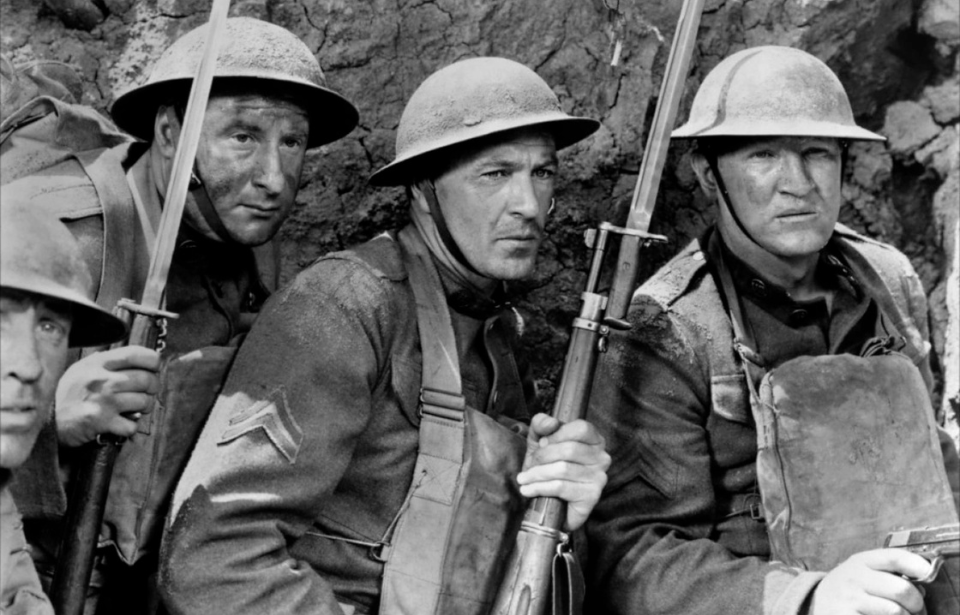Many men went up against German machine guns during the First World War and didn’t live to tell the tale. Even fewer did so directly and survived. Alvin York, on the other hand, successfully captured over 30 guns and more than 100 soldiers. As one of the conflict’s most decorated US Army soldiers, it’s no wonder Hollywood made an epic movie about Sgt York’s service.
Alvin York’s early life
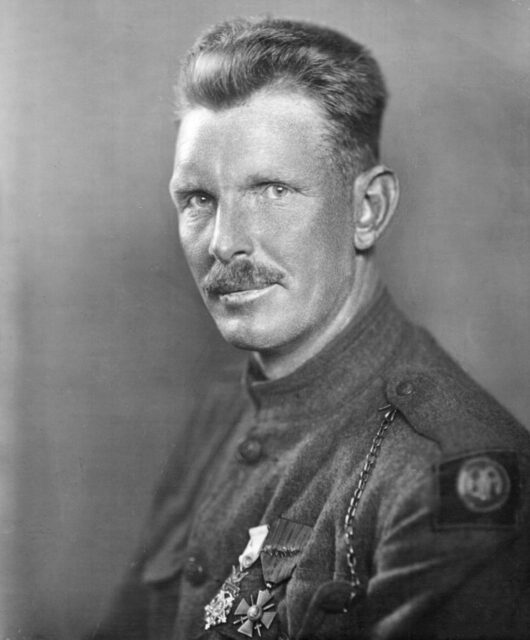
Alvin Cullum York was born in Fentress County, Tennessee on December 13, 1887. He came from humble beginnings, living in a two-room log cabin with his parents and 10 siblings. They subsisted through farming, hunting and fishing while their father worked as a blacksmith to earn money.
The elder York died in 1911, leaving Alvin to raise his younger siblings alongside his mother. Taking on the role of breadwinner, he went to Harriman, Tennessee to work on the railway and in logging.
While he was determined to keep his family afloat and was by all accounts good at his work, York tended to drink excessively and get into fights. This behavior led to many arrests. However, on Sundays, he’d turn up to his mother’s pacifist Protestant church, which eventually led him to turn his back on violence.
Drafted into service during the First World War
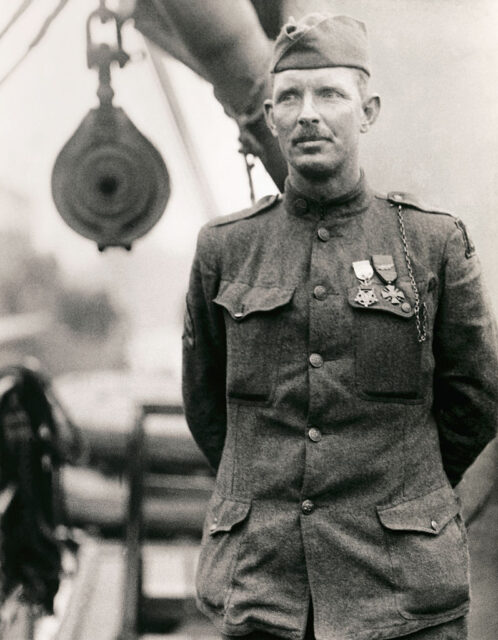
This carried across into the First World War. When he was 29, the Selective Service Act was implemented, and York was required to register for the draft. He did so on June 5, 1917, claiming exemption by writing, “Don’t Want To Fight.” Should this have been approved, he would have been given conscientious objector status, but it was denied.
Although he appealed, he was drafted into the Army in November 1917 while it was still under consideration. Interestingly, York denied this position later in life and in his wartime diary, despite paperwork showing he’d filed an appeal. This change of heart can likely be attributed to his lengthy conversations with Capt. Edward Danforth Jr. and Maj. Gonzalo Buxton Jr., who cited Bible passages that convinced him it wasn’t immoral to fight.
After a 10-day leave home, York returned to Company G, 328th Infantry, 82nd Division, assured that God meant for him to fight.
Alvin York’s legendary actions on the battlefield
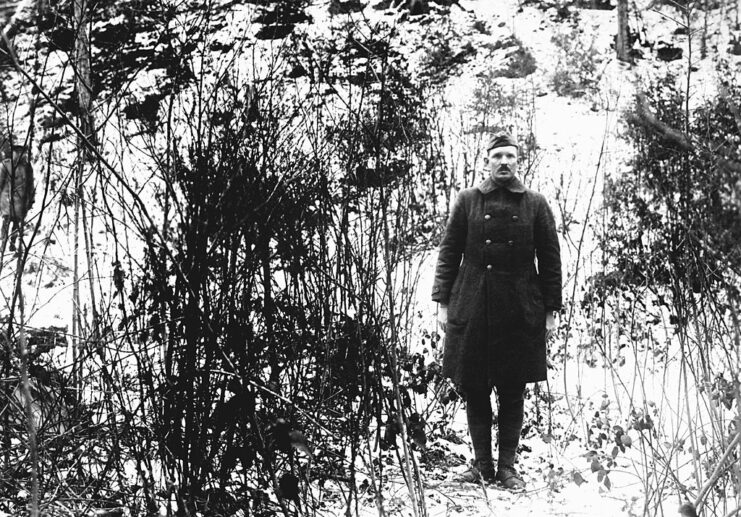
The pacifist served during the Battle of Saint-Mihiel, where he was promoted to corporal. However, it was during the Meuse-Argonne Offensive that York led his movie-worthy attack.
On October 8, 1918, York’s battalion was charged with taking the German position near Hill 223, just north of Chatel-Chéhéry, France. This was no easy task, due to the heavy machine gun fire. As he later recalled, “Our boys just went down like the long grass before the mowing machine at home.”
York and 17 other men snuck behind German lines, only for nine soldiers and one officer to be taken out after capturing a small group of prisoners. As the shooting continued, York led the remaining contingent in returning fire with the Germans’ own machine guns. He supposedly used his hunting skills to creep up and try to take one of the weapons alone. While holding the position, a German officer led a small group to his location, but York quickly dispatched them with his pistol.
An instant hero
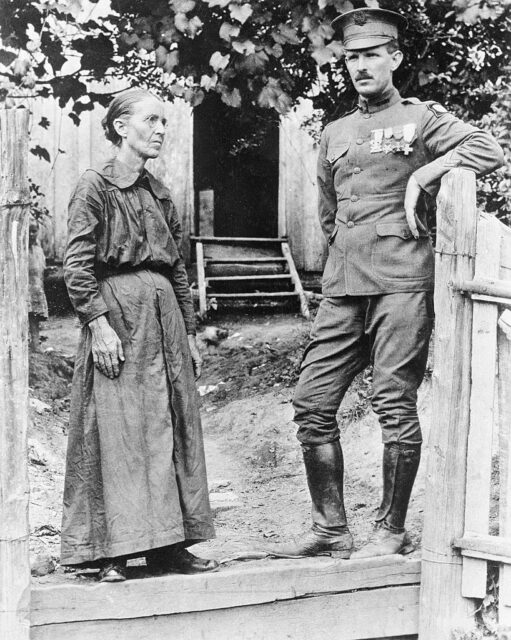
It wasn’t until Imperial German Army First Lt. Paul Jürgen Vollmer tried unsuccessfully to take him out that York received an incredible offer. Vollmer had sustained heavy losses and offered to surrender his battalion of 90 men to York, who gladly accepted. While marching back to the American lines, he accepted more surrenders.
Upon his return, Brig. Gen. Julia Lindsey quipped, “Well York, I hear you have captured the whole German Army.” He replied, “No sir. I only got 132.”
York was quickly promoted to sergeant and awarded the Distinguished Service Cross. This was upgraded a few months later to the Medal of Honor, which was presented to him by Gen. John Pershing. He was also awarded the Croix de Guerre, the Médaille Militaire and Legion of Honor from the French; the Croce al Merito di Guerra from the Italians; and the Montenegro War Medal.
By the war’s end, York had received almost 50 different decorations for his actions.
Returning home to Tennessee
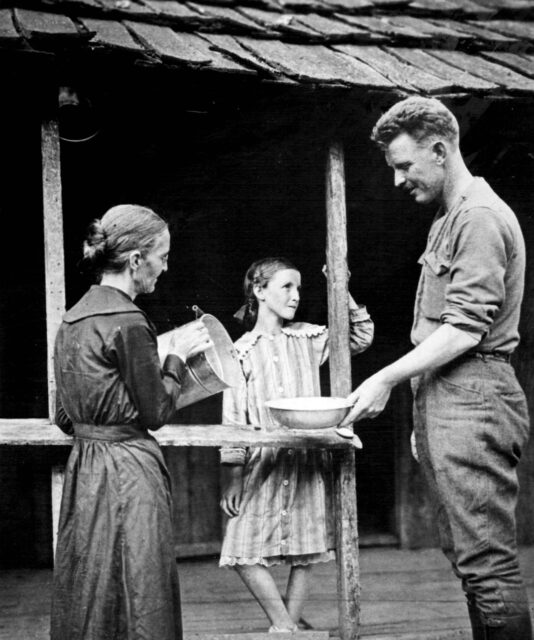
Shockingly, it wasn’t until April 26, 1919 that York became an American celebrity, following the publication of an article in the Saturday Evening Post. Only a week after returning home to Tennessee, he married Gracie Williams, spurring on even more celebrations.
York never wanted to profit from his fame, refusing to be paid for many of his appearances. Instead, he used it to push for the betterment of his home state, including improving roads and education. He was a superintendent with the Civilian Conservation Corps and Cumberland Mountain State Park.
When the Second World War began, he pushed forcefully for the US to enter the conflict. He attempted to re-enlist in the Army, but was denied, due to his age and health. Instead, he was made a major with the Army Signal Corps and spent most of the conflict touring different training camps and helping raise money via bond drives.
Sgt Alvin York’s heroics were turned into a movie
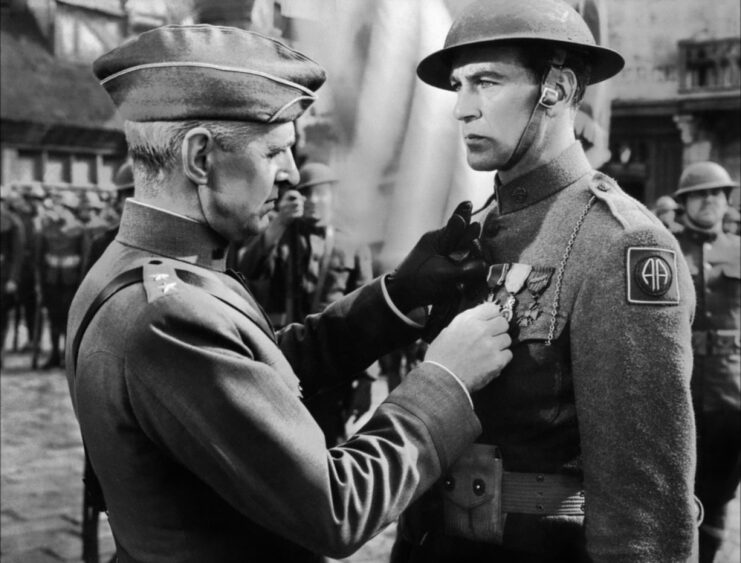
After his return from the First World War, journalists were eager to get their hands on York’s life story. He was happy to comply, telling it to two men in the 1920s, one of whom used it to write a biography released in 1922. Along with a fellow veteran, York turned his writing into Sergeant York: His Own Life Story and War Diary.
Despite the persistent buzz surrounding his story, he refused to turn this work into a film – that is, until 1940.
Sgt York finally agreed to have his life made into a movie, only because he wanted to fund an interdenominational Bible school. Starring Gary Cooper as the famed soldier and with Howard Hawks as director, Sergeant York was released in 1941.
The film followed his life and heroics during the Meuse-Argonne Offensive. Although it was based on York’s diary, much of the content was fictitious. Despite this, Sergeant York was incredibly popular with the public.
Alvin York’s legacy
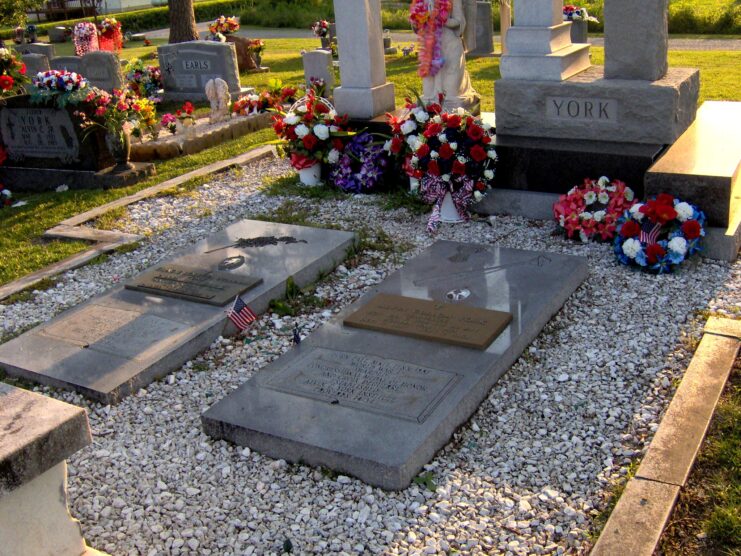
Sergeant York was the highest-grossing movie of 1941 and was nominated for 11 Oscars, winning two. In 2008, the Library of Congress selected it for preservation in the National Film Registry. York earned $150,000 in royalties in the first two years alone, leaving him with enough money to build part of his proposed school.
Aside from this work, he raised a family of 10 children with his wife, before dying of a cerebral hemorrhage on September 2, 1964. Through his movie and in other ways, Sgt York left behind a lasting legacy. Several monuments were erected in his honor, and streets, schools and hospitals were given his name. In 2000, the US Postal Service issued a Distinguished Soldier stamp that featured York, and he has even been referenced in many songs.
More from us: How the Soldier ‘Worth a Million’ Men Single-Handedly Saved His Comrades from a German Assault
It’s safe to say Sgt York, a man who dedicated himself to his community, state and country, is well remembered.
